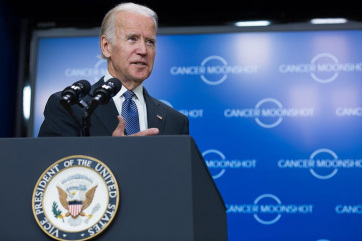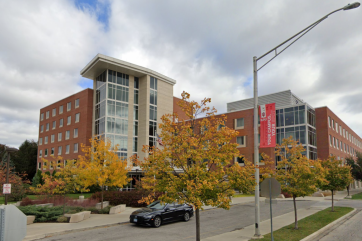Declining Enrollment and Financial Challenges Prompt Closure of Notre College After Spring Semester
By Joy LiwanagNotre Dame College, a Roman Catholic institution in Ohio, has declared its closure at the end of the spring semester in 2024. The decision comes as a result of various factors, including declining enrollment and financial challenges.
Factors Leading to Closure
The college administration cited declining enrollment numbers and a shrinking pool of traditional-aged students as primary reasons behind the closure. Over the past decade, Notre Dame College experienced a significant drop in enrollment, with total fall enrollment declining by nearly 37% from 2014 to 2022, according to federal data. Despite efforts to address financial issues through fundraising, debt refinancing, and accessing pandemic relief funds, the college was unable to bridge budget gaps and meet debt obligations.
READ ALSO: Jamestown Business College Ceases Enrollment and Plans Closure
John Smetanka, interim president of Notre Dame College, expressed sadness over the decision but assured a smooth transition for students as they continue their education elsewhere.
Impact and Transition Plan
The closure of Notre Dame College adds to a growing list of college closures across Ohio and the United States. At least four public and nonprofit colleges in Ohio have shuttered since 2018, reflecting broader challenges facing higher education institutions.
To facilitate the transition for its students, Notre Dame College has arranged teach-out agreements with 10 other institutions, primarily located in Ohio, including Baldwin Wallace University, Case Western Reserve University, and Cleveland State University, among others. Additionally, an agreement with Mercyhurst University in Pennsylvania has been established to enable students to complete their credentials without losing credits or time.
Michael Joseph, Mercyhurst's interim vice president for enrollment, emphasized the commitment of both institutions to meet the needs of Notre Dame students and ensure a favorable outcome for all parties involved.
Under the teach-out agreements, transferring students can expect to pay the same net tuition costs and graduate on time. The college is also in negotiations with additional institutions to provide further opportunities for its students.
The closure of Notre Dame College underscores ongoing challenges within the higher education landscape and the need for institutions to adapt to shifting demographics and financial realities.
Broader Trends in Higher Education
Notre Dame College's closure reflects broader trends in higher education, including declining enrollment and financial instability. The pandemic exacerbated existing challenges, accelerating the closure of numerous colleges and universities across the country.
Experts warn that demographic shifts, such as declining birth rates and changing student preferences, will continue to impact the viability of small colleges and universities. Institutions must innovate and adapt to remain competitive in an increasingly challenging higher education landscape.
As colleges grapple with financial pressures and changing student demographics, partnerships and consolidation efforts may become more common. Collaborations between institutions can help streamline operations, reduce costs, and provide students with access to a wider range of academic programs and resources.
Moving forward, colleges and universities must prioritize strategic planning and proactive measures to ensure their long-term sustainability in a rapidly changing environment. By embracing innovation and collaboration, institutions can navigate challenges and continue to fulfill their educational mission.
RELATED ARTICLE: US Colleges Grapple With Closure Threat; Mergers and Transformations Emerge as Survival Strategies








